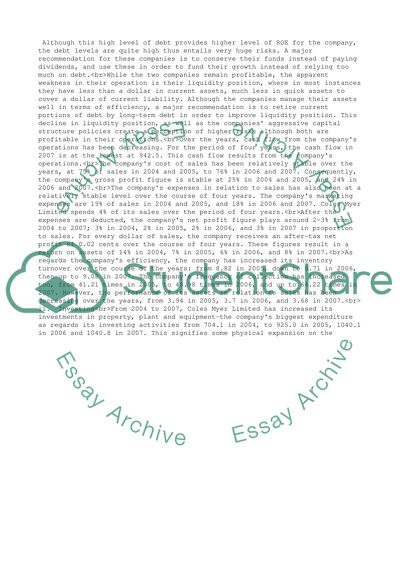Cite this document
(“Analysis of Financial Statements Research Paper”, n.d.)
Analysis of Financial Statements Research Paper. Retrieved from https://studentshare.org/business/1501522-analysis-of-financial-statements
Analysis of Financial Statements Research Paper. Retrieved from https://studentshare.org/business/1501522-analysis-of-financial-statements
(Analysis of Financial Statements Research Paper)
Analysis of Financial Statements Research Paper. https://studentshare.org/business/1501522-analysis-of-financial-statements.
Analysis of Financial Statements Research Paper. https://studentshare.org/business/1501522-analysis-of-financial-statements.
“Analysis of Financial Statements Research Paper”, n.d. https://studentshare.org/business/1501522-analysis-of-financial-statements.


